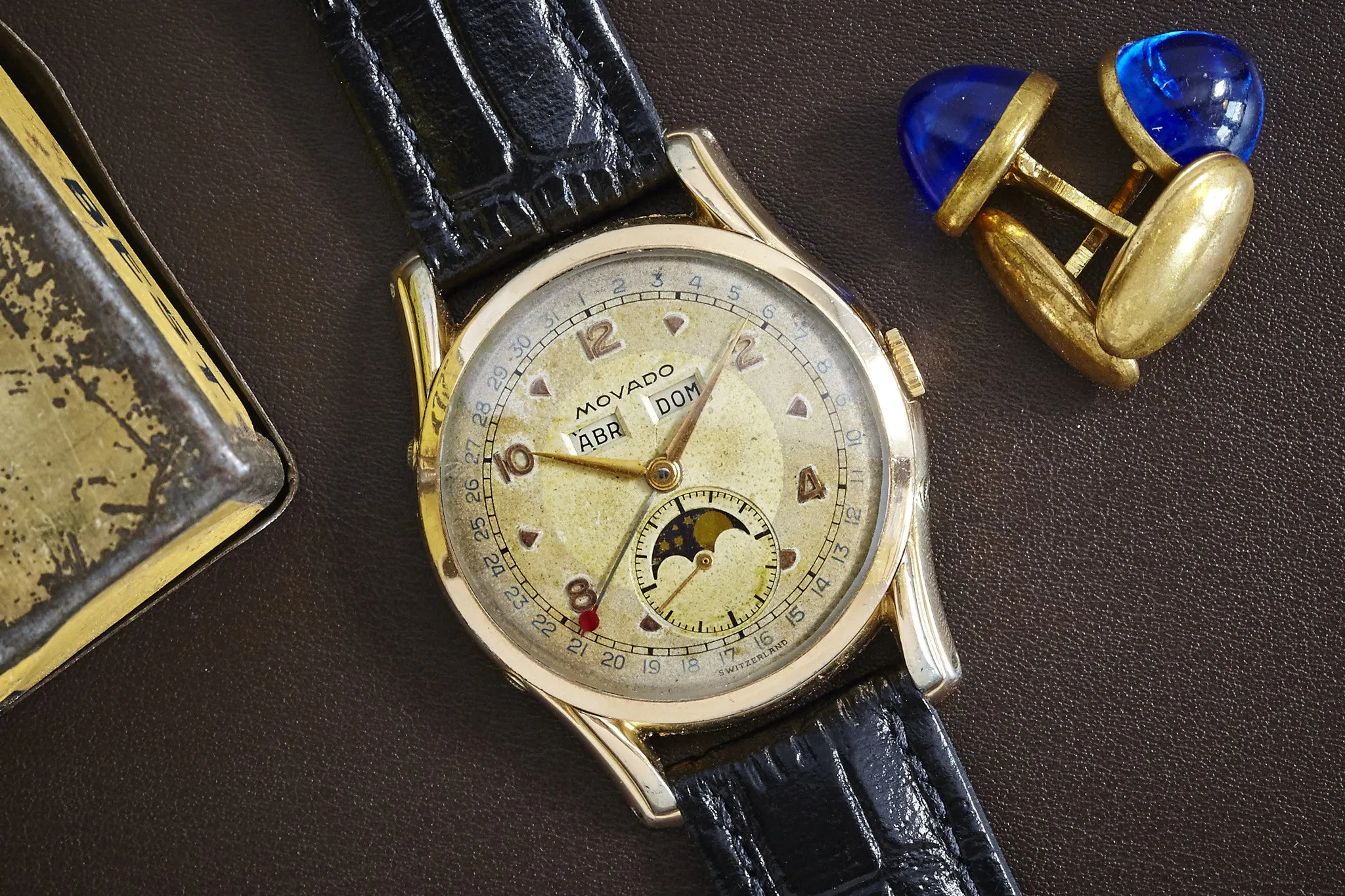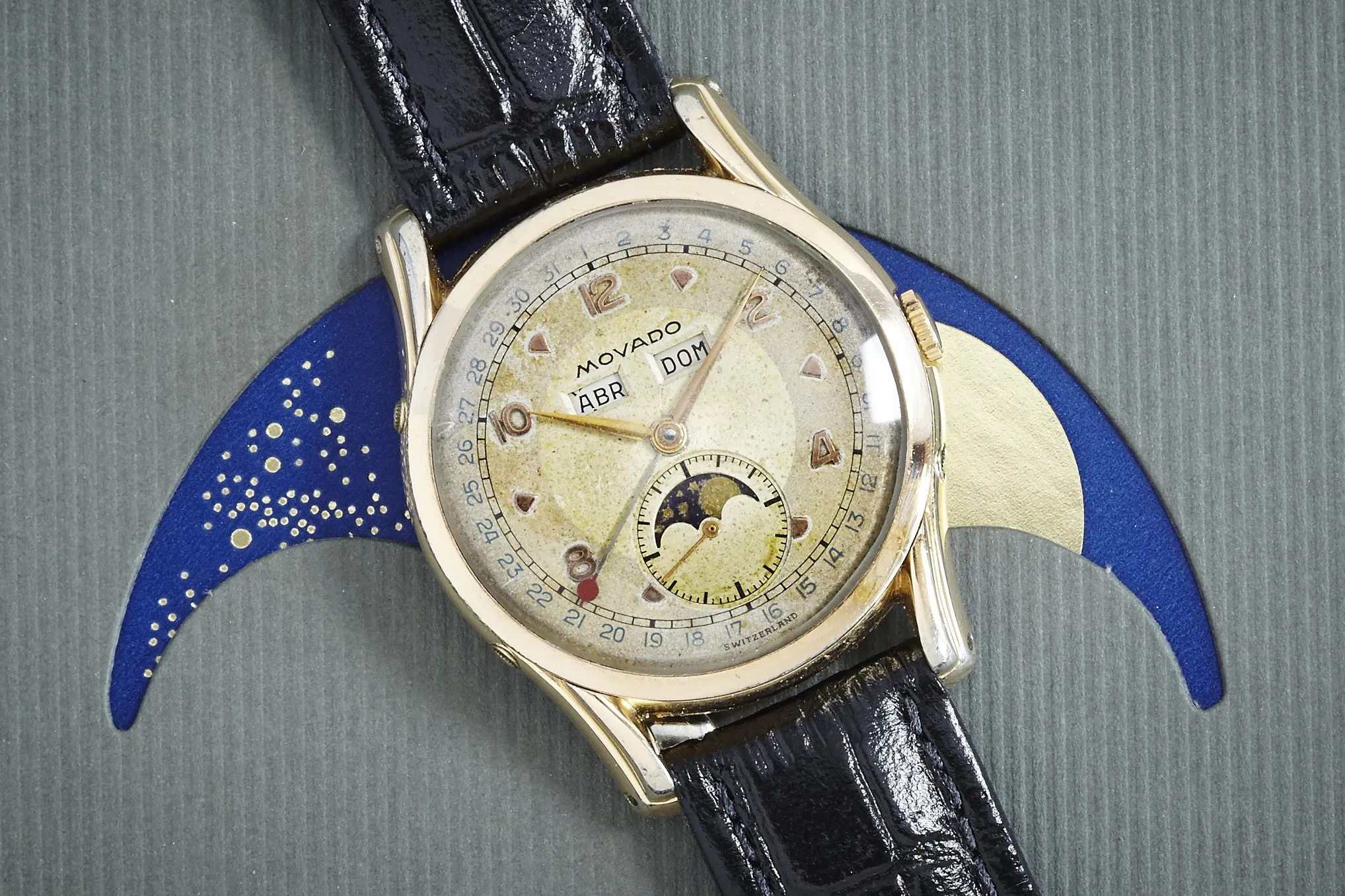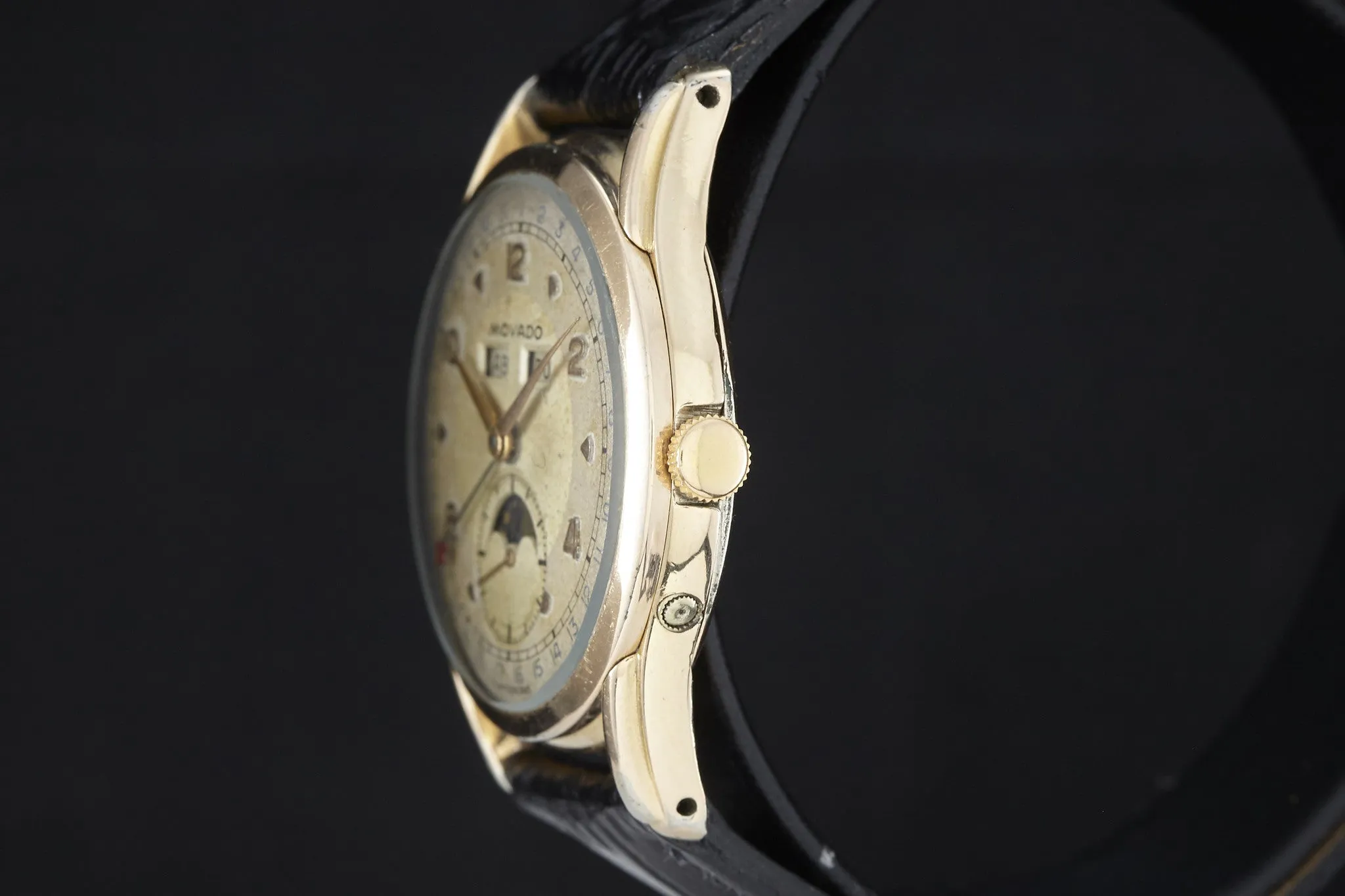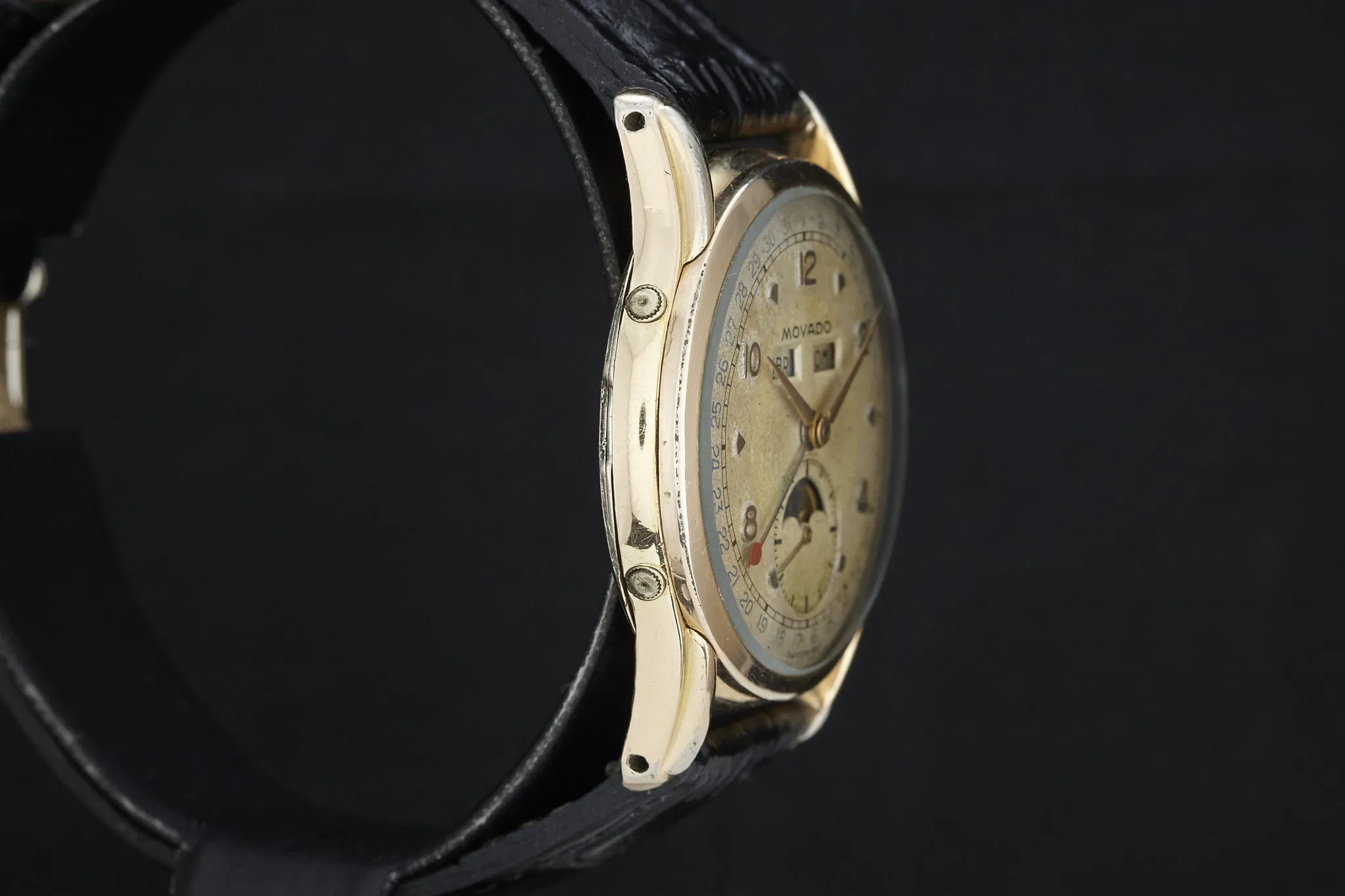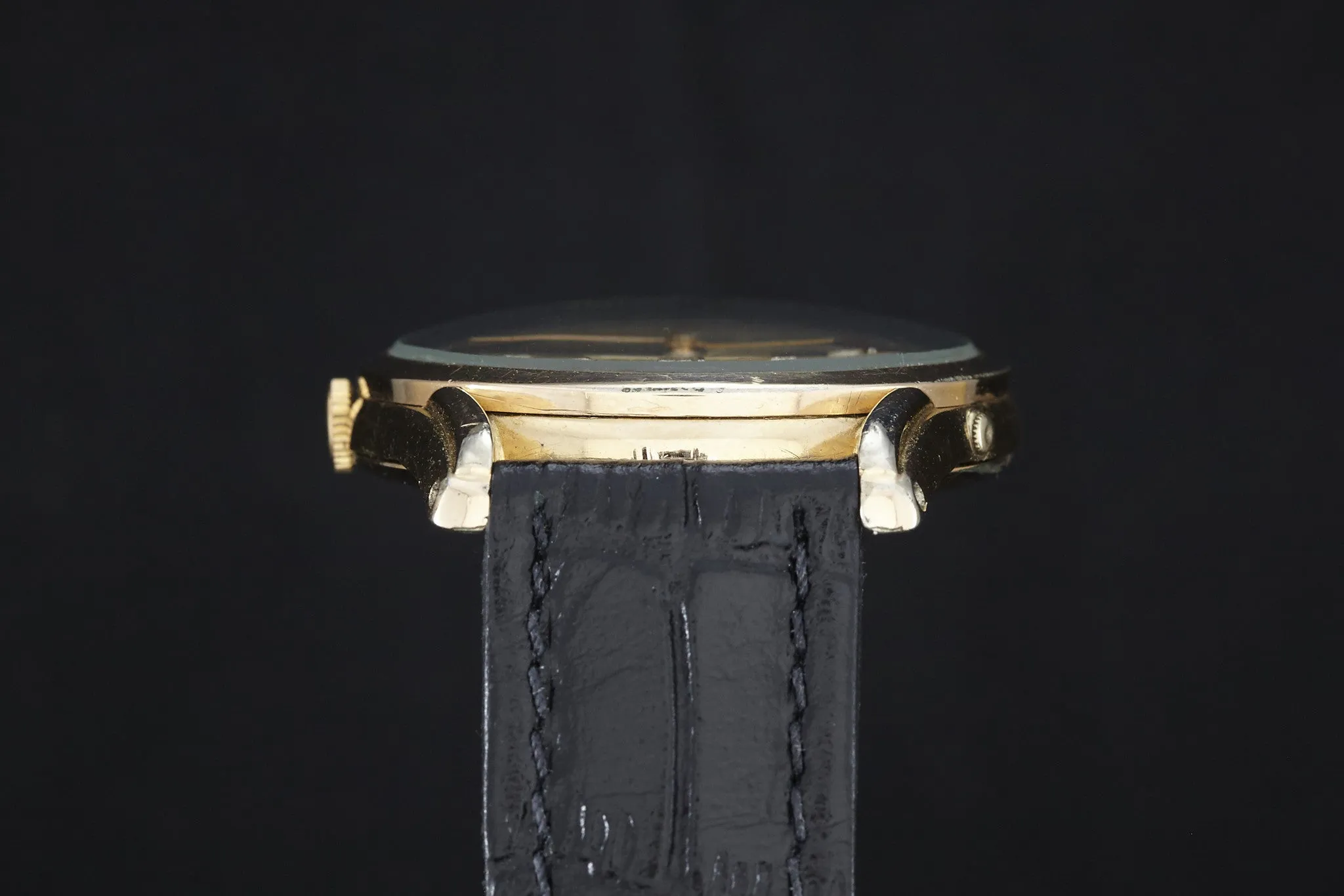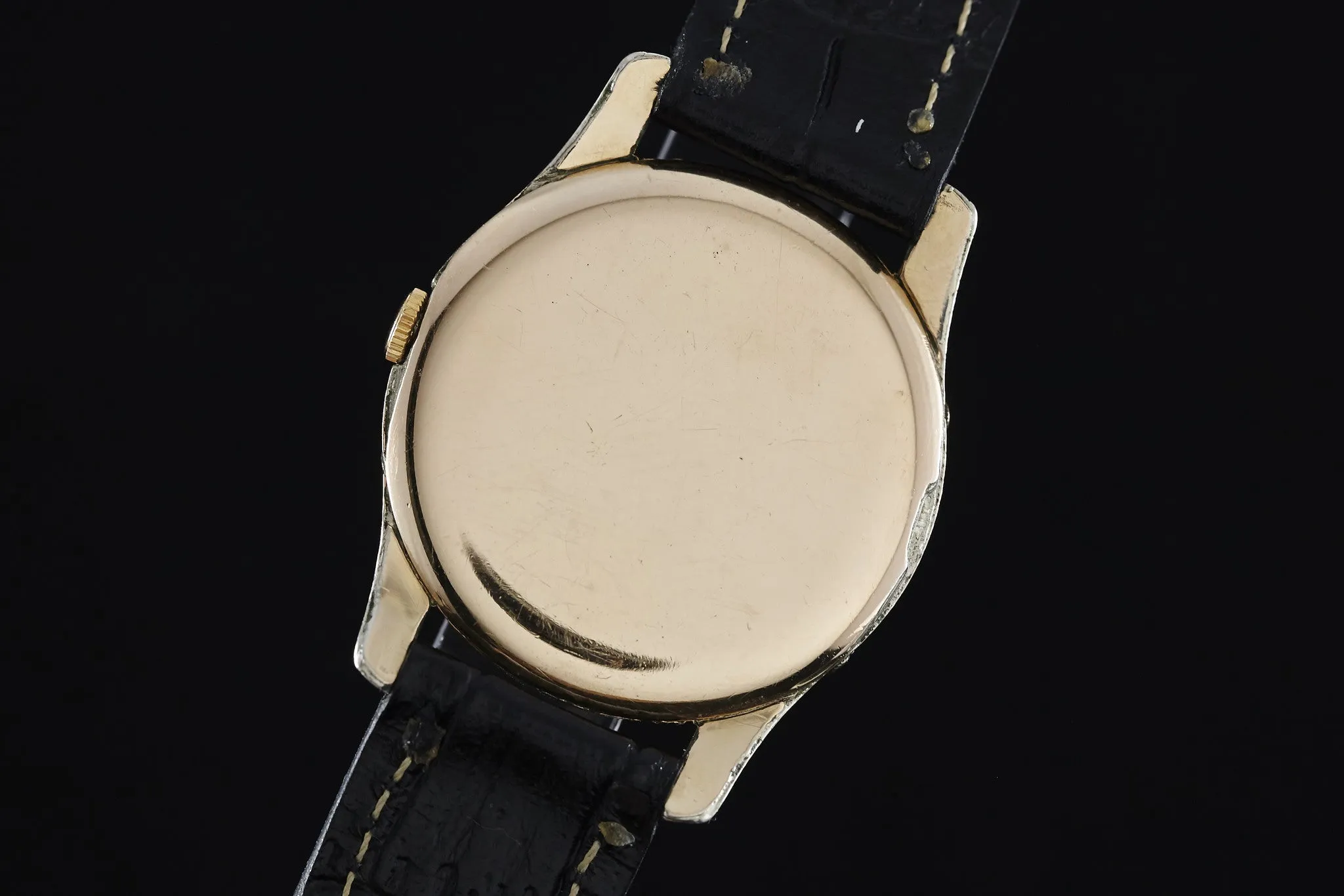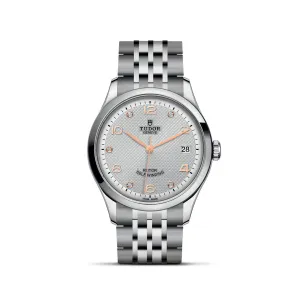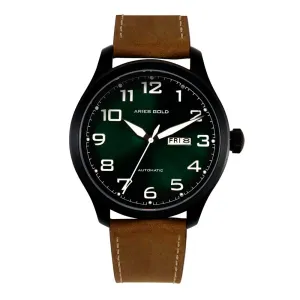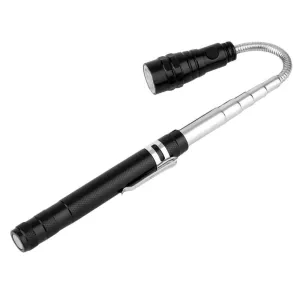We begin with a simple three-hand movement. The mainspring, an eager little strip of metal, is charged by the winding of a crown or by the oscillation of a rotor. But this energy is raw and needs to be controlled, its release regulated. To control its release an escapement is employed – a mechanism that alternately checks and releases this energy while transmitting impulses to a series of gears. As they move they turn hands that, in combination with the dial of the watch, indicate the passage of time.
The true magic of these tiny mechanisms is that they are like miniature mirrors, reflecting to the wearer nothing more than the passage of the earth around the sun, decoding this celestial information and compiling it in a tangible and readable format.
Every function that is added to a mechanism requires further math, more gears and greater attention to the precision of the passage of time. These additional functions are aptly referred to as complications.
The triple-date moon phase watch has four extra complications, each marking the next higher increment of time. First we have the inclusion of the date, a common enough complication among mechanical pieces. Next is the addition of the day of the week, still a relatively straightforward addition. Beyond this, the addition of the month, a feature that necessitates further calculation, higher orders of the accumulation of time across many days. Finally, and most poetically, is the addition of a complication which indicates the phase of the moon – from the new moon to the full and back again, it marks the position of the moon in relationship to our position on the planet.
While moon phase clocks have been in existence for centuries , the first known example of a wristwatch with this level of complication was the Breguet Perpetual Calendar, released in 1929. Not surprisingly, these early moon phase watches trade at incredible values (a version of this early Breguet sold at Christies a few years ago for over $475,000), many brands successfully created moon phase watches of their own, allowing for many great options at much more approachable price points.Movado, which opened its doors in 1881 in La Chaux-de-Fonds, was for decades an esteemed Swiss watch manufacture, producing incredible mechanical timepieces through up through the 1960s. This particular watch dates to the late 1950s and is the embodiment of the style and precision that Movado mastered at its zenith.
With a lovely rolled-gold 33.5mm case, this piece is a heartwarming vintage moon phase watch that drips with class, perfectly augmented by its uniquely aged dial and hands.
For more information on the Moon Phase complication, check out this great article by Jason Heaton for Gear Patrol, .

